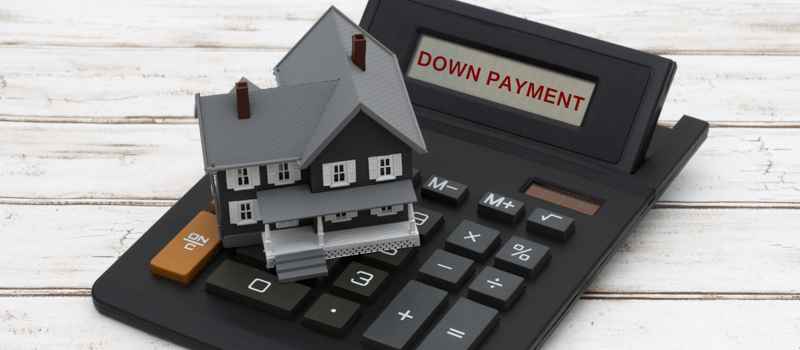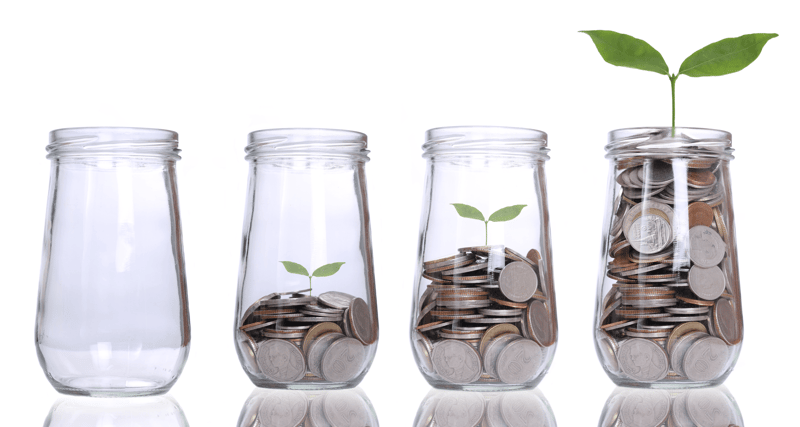 If you’re thinking about buying a home, you know that the down payment is the biggest hurdle. You need to have a lot of money saved up, but it’s hard to do that when you’re busy taking care of all your other expenses.
If you’re thinking about buying a home, you know that the down payment is the biggest hurdle. You need to have a lot of money saved up, but it’s hard to do that when you’re busy taking care of all your other expenses.
The good news is that getting your down payment together can be easier than you think. We’ll help you figure out everything you need to know about down payments.
Down Payment Requirements
First things first. You’ve probably heard that you should have a 20 percent down payment for your home. That amount tends to be the gold standard because it’s at that point that you don’t have to pay additional money for mortgage insurance.
However, you don’t have to have 20 percent. The minimum you need to have is 5 percent, as long as the home is less than $500,000. That’s a big difference, especially if you’re looking at brand-new homes.
For instance, if you’re looking at a $400,000 home, you’d need to come up with $80,000 for a 20 percent down payment. That could take years and years for the average family. However, at 5 percent down, you only need to save up $20,000. It’s definitely more doable.
The rules are slightly different if you’re looking at high-priced luxury homes. If the homes you like are more than $500,000, you need 5 percent of the down payment plus 10 percent of the amount that exceeds $500,000. And if you want a home that’s a million dollars or more, you’ll need 20 percent for the down payment.
If you're still unsure how much you'll need for a down payment, there are also a number of down payment calculators available online to help you figure out your budget.
 Saving for Your Down Payment
Saving for Your Down Payment
Your savings account isn’t going to get any bigger through hopes and dreams alone. You need to get very strategic about saving up the money. Make sure that you and your partner are on the same page regarding your goals, then set your plan into motion.
Start by putting money into your savings account each time you get paid. Don’t just save what’s leftover at the end of the month. If you do this, you’re more likely to fritter away your money throughout the month, then only have a little bit leftover.
Instead, make a plan to transfer a set amount into your account. Doing this may require some sacrifices on your part, such as going out less often or picking up a side job. However, when you think about how nice it’s going to feel to buy your home, it’s easier to make these sacrifices.
Some people find that setting concrete savings goals helps them stay focused. To do this, simply take the money you need for the down payment (such as the $20,000 we used in our above example), and then divide it by the number of months you want to take. If you can save $1,000 a month, you could be in your new home in less than two years! Make sure that your goals are realistic, though. Saving $1,000 a month might be too much of a stretch for you right now, and you’ll get too discouraged when you keep coming up short.
 Programs for First-Time Home Buyers
Programs for First-Time Home Buyers
Even when you realize that you don’t need to have a 20 percent down payment, it can still be difficult to save each month. In our above example, we suggested that people might be able to save $1,000 a month. That’s simply not a possibility for many families. Fortunately, there are a few other options for those who could potentially afford a mortgage payment but who are struggling to come up with the down payment.
The Home Buyers’ Plan, for instance, allows you to borrow up to $35,000 from your RRSP.
Couples can each take out $35,000, for a total of $70,000. Using this method, you’ll be able to get a down payment in no time at all. Think carefully before doing this, though. You need to pay the money back within 15 years. Any monthly payments you’ll be making to repay this loan can reduce the amount that the bank will allow you to borrow for your mortgage.
If you’re a first-time home buyer, you may qualify for the First-Time Home Buyers Incentive.
In this program, you take out a shared equity mortgage with the government of Canada for 5 or 10 percent of the cost of the home. You need to repay the loan after 25 years or after you sell your home. When you repay, you still have to repay the percent you received. If the home goes up in value, this means that you pay a bit more than you borrowed. However, if the home decreases in value, you pay less.
At first glance, saving up for your down payment is a big challenge. We hope the above information has shown you that it doesn’t have to be as hard as you think. Give us a call to take a look at some of our show homes and get a sense of the home you really want. From there, you can make a solid plan for purchasing your new home.





